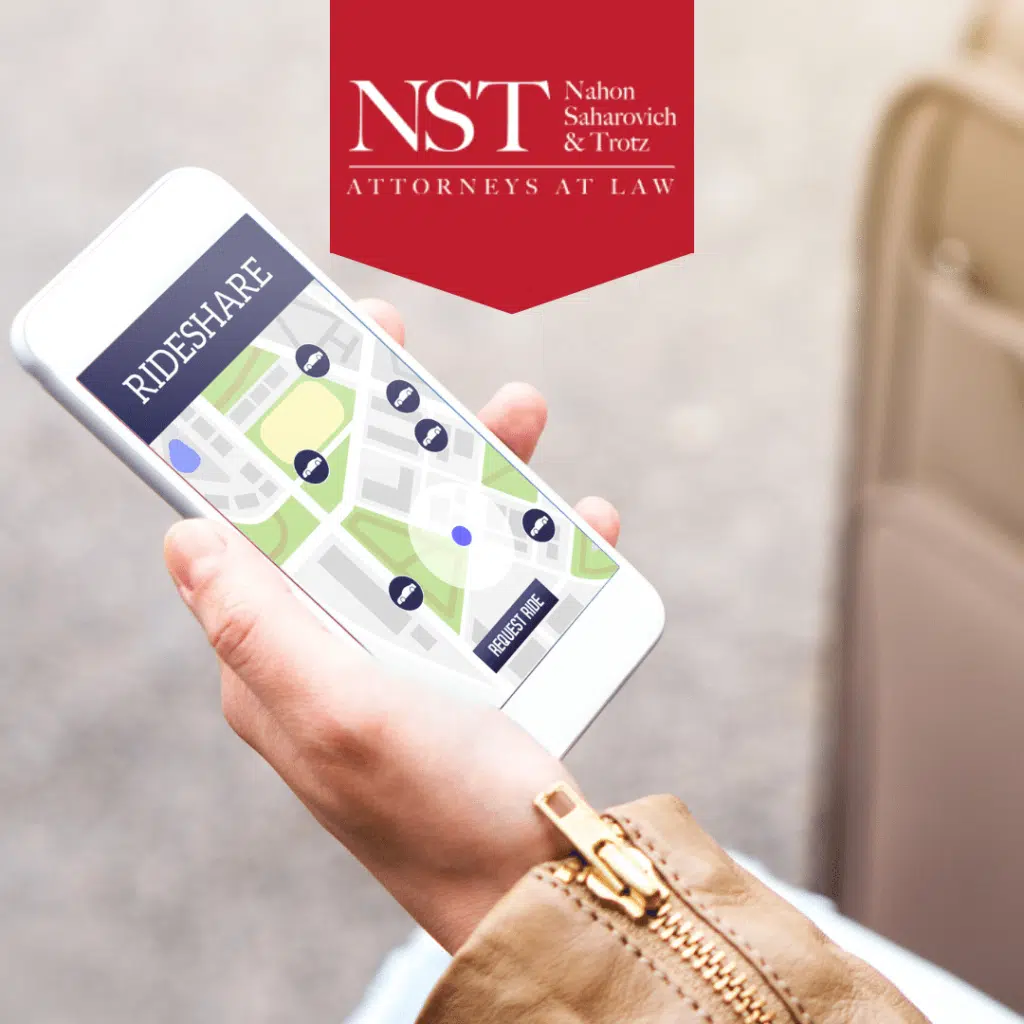There is no doubt that ridesharing companies such as Uber and Lyft have surged in popularity in recent years. Uber was founded in 2009, while Lyft came along in 2012. These companies serve a useful purpose – affordable transportation at the hands of your fingertips. Across the world, people use ridesharing companies to get from Point A to Point B. Ridesharing can satisfy all of one’s transportation needs – taking people to dinner, sporting events, and even to and from work each day.
When people open the Uber or Lyft app and select a ride, they trust they will be in good hands when they get inside the vehicle. After recent events, getting to a destination without an accident is no longer the top concern. Recent lawsuits have alleged Uber drivers sexually assaulted female passengers. In light of these reports, it is natural to consider whether ridesharing companies do enough to prevent these crimes in the first place, and whether they can face legal liability for their drivers’ actions.
Typically, employers are held responsible for acts of employees committed in the course and scope of employment. For instance, if you were rear-ended by an Uber driver who was transporting a passenger, Uber’s liability policy would likely pay for your losses. This legal principle of respondeat superior may not directly apply in the context of an assault. For starters, sexual assault is an intentional act, in contrast to a negligent act such as running a stop sign. Similarly, abusing a passenger does not fall within the course and scope of employment, which is to transport a passenger to their final destination. Further, Uber is notorious for classifying drivers as independent contractors rather than employees. While the employer’s determination is not determinative, additional factors must be considered.
While recovering under respondeat superior principles may not be successful, the Uber lawsuits allege direct wrongdoing against the company. Specifically, the lawsuits challenge the hiring process and standards for investigating potential drivers. One lawsuit filed in California states the “application process to become an Uber driver is simple, fast, and designed to allow Uber to hire as many rivers as possible while incurring minimal costs.” The second lawsuit, filed in Missouri, similarly describes the application process as being “designed for speed, not safety.”
While Uber drivers must undergo background checks before being hired, is the company doing enough? According to one report, Uber conducts digital background checks through Checkr, private company. The background check process includes checking the applicant’s Social Security Number, searching for driving history, and reviewing criminal databases at the local, state, and national level, including sex offender registries. As of now, this process does not involve running the applicant’s fingerprints. Generally speaking, Uber will not hire a driver with a DUI or major moving violation within the past seven years, or a conviction of a felony, violent crime, or sexual offense within that same period.
Essentially, when someone sues Uber for being assaulted by a driver, a central allegation is negligent hiring. The plaintiff is claiming that Uber placed that person in harm’s way by hiring a particular employee. Each state has its own standard for negligent hiring. In Tennessee, for instance, courts look at multiple factors, including whether there is evidence that a particular employee was unfit for that job, that the applicant would pose an unreasonable risk to others, and that the company knew or should have known that the historical criminality of the job applicant would likely be repetitive.
It will be interesting to see how these lawsuits against Uber unfold, and it remains to be seen whether a jury will hold Uber responsible for these types of actions of its drivers. The company has repeatedly vouched for the integrity of its hiring process, but legal action could put pressure on executives to enact more stringent standards.
 Skip to content
Skip to content


